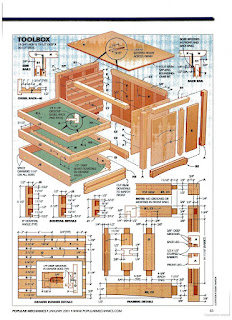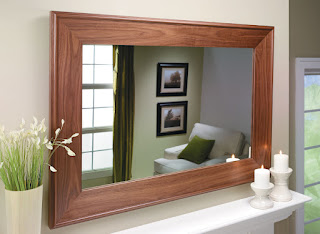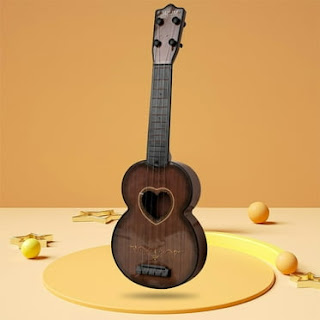Master Woodworking Plans: Advanced Blueprints for Experts
Unlocking the Secrets of Advanced Woodworking
Forget cookie-cutter projects. This isn't your grandfather's woodworking guide. We delve into the intricate world of advanced woodworking, providing master blueprints designed to challenge even the most seasoned craftsman. Imagine crafting pieces that seamlessly blend artistry with precision, showcasing techniques honed over years of dedicated practice. These aren't simple instructions; they are comprehensive blueprints that demand skill, patience, and a deep understanding of wood's inherent properties. Prepare to elevate your woodworking to a new level of mastery, where each project tells a story of meticulous craftsmanship and unwavering dedication. We'll explore techniques far beyond basic joinery, pushing the boundaries of what's possible with wood and your tools.
Advanced Joinery Techniques Unveiled
Mastering complex joinery is the cornerstone of advanced woodworking. This section delves into techniques that go beyond the simple mortise and tenon. We provide detailed blueprints for:
Complex Dovetail Variations
Explore the intricacies of through dovetails, half-blind dovetails, and even the challenging sliding dovetails. These blueprints offer precise dimensions and detailed illustrations, guiding you through each step of the process. We'll teach you how to consistently achieve perfectly fitting joints, the hallmark of expert craftsmanship. Learn to control your chisel work for clean, precise cuts that eliminate the need for excessive fitting and adjusting.
Advanced Mortise and Tenon Applications
Move beyond simple mortise and tenon joints. Discover the power of wedged tenons for increased strength and stability, and explore the elegance of tusk tenons for decorative and structurally sound applications. We provide detailed diagrams showing variations in shoulder design and tenon shaping, allowing you to adapt these techniques to a wide variety of projects. These advanced techniques create incredibly strong and visually stunning joints.
Intricate Frame and Panel Construction
Build stunning frames and panels using advanced techniques. Learn to craft complex moldings, create perfectly fitting panels, and master the art of assembling these intricate components. Our blueprints guide you through each step, from selecting the right wood to achieving a flawless finish. We'll uncover the secrets to building frames that are both strong and aesthetically pleasing.
Beyond the Basics: Mastering Finishing Techniques
A stunning woodworking project demands a flawless finish. These advanced blueprints move beyond basic sanding and staining, exploring the subtle art of creating truly exquisite surfaces. We will teach you:
- Advanced Staining Techniques: Mastering color blending, achieving consistent tones, and creating beautiful gradations.
- French Polishing: This time-honored technique results in a deep, lustrous shine that showcases the wood's natural beauty.
- Advanced Lacquering: Achieve a smooth, durable finish that resists wear and tear. We'll show you how to avoid imperfections, building layer upon layer to create a flawless finish.
These finishing techniques, combined with precise joinery, will transform your woodworking projects from good to exceptional, showcasing a level of artistry that separates the master craftsman from the apprentice.
The Value of Precision and Planning
These advanced woodworking blueprints aren't just about the techniques; they're about the mindset. Precision and meticulous planning are paramount. Our blueprints emphasize accurate measurements, precise cutting, and careful attention to detail. We guide you through the process of creating detailed shop drawings, ensuring that every cut is intentional and perfectly executed. Take the time to understand the plans fully before you begin—this will minimize errors and maximize your success.
Embrace the challenge, refine your skills, and transform your woodworking into an art form.
































